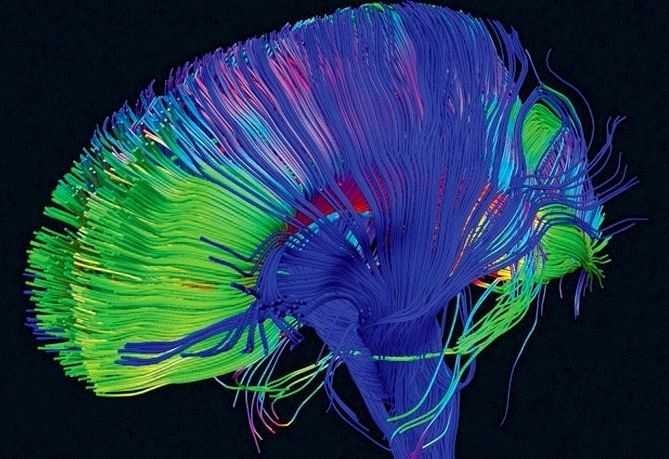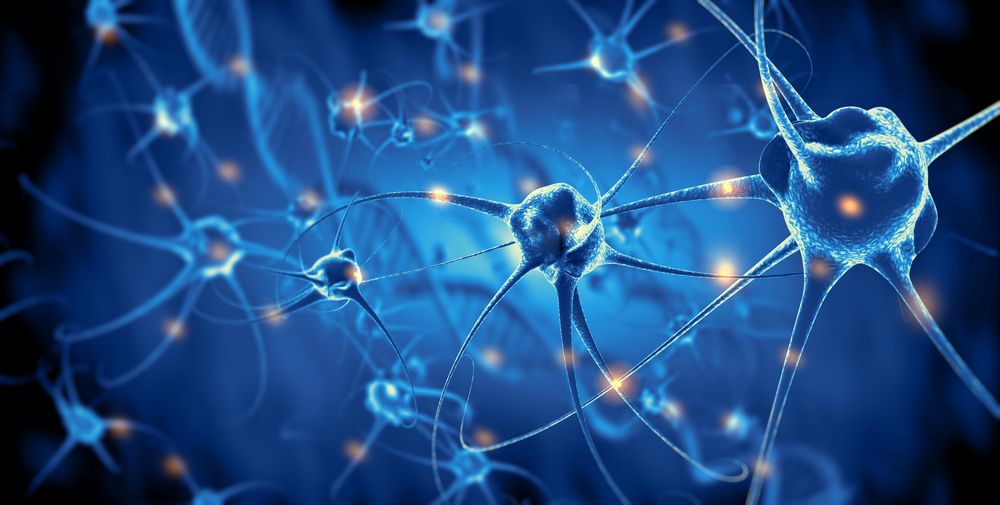Nov 6, 2018
NASA’s mission to ‘Touch the Sun’ just reached its first major milestone with close flyby
Posted by Genevieve Klien in category: space
It’s been a busy month for the Parker Solar Probe which, if you haven’t been keeping track, is currently moving faster than any man-made object ever and also closer to the sun than anything humans have ever built. The spacecraft launched a couple of months back, but it’s finally ready to do some science, and it just made it first close pass by our Sun, which is obviously cause for celebration.
The probe, which will make dozens of passes of the star, achieved its closest distance of this particular loop (called “perihelion”) on Monday night. Now, its handlers back on Earth are eagerly awaiting word from the craft so that it can share whatever information it has gathered.


















